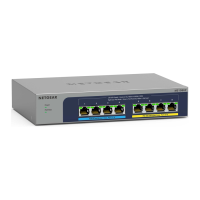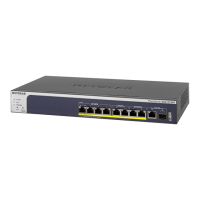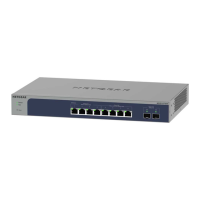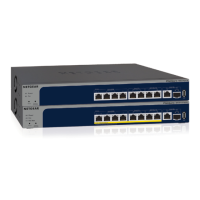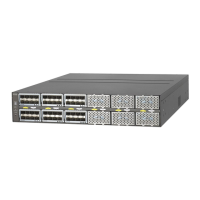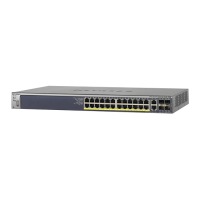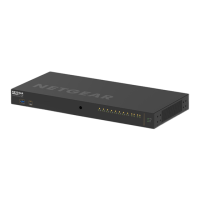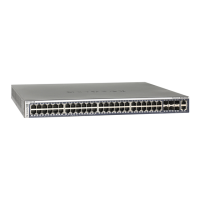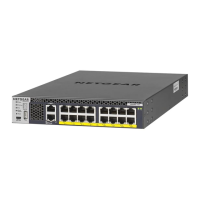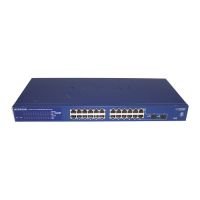PoE++ and PoE+ overview
The PoE++ ports (1–4) support IEEE 802.3bt. These ports are also compatible with PoE+
(IEEE 802.3at) and PoE (IEEE 802.3af) and can support non-PoE devices. The maximum
PoE power that an individual PoE++ port can supply is 60W.
The PoE+ ports (5–8) support IEEE 802.3at. These ports are also compatible with PoE
(IEEE 802.3af) and can support non-PoE devices. The maximum PoE power that an
individual PoE+ port can supply is 30W.
The maximum PoE power budget for the switch across all active PoE++ and PoE+ ports
is 230W.
The PoE++ and PoE+ power supplied by the switch is prioritized in ascending port
order (from port 1 to port 8), with a total power budget of 230W across all active PoE++
and PoE+ ports.
The following table shows the standard power ranges, calculated with the maximum
cable length of 328 feet (100 meters). If a device receives insufficient PoE power from
the switch, consider using a shorter cable.
Table 2. PoE classes and PoE power allocations
Power Delivered to the
Device
Maximum Power
Supplied by the Switch
Class DescriptionCompatible PoE
Standard
Device
Class
0.44W–13.0W15.4WDefault power (full)PoE, PoE+, and PoE++0
0.44W–3.84W4.0WVery low powerPoE, PoE+, and PoE++1
3.84W–6.49W7.0WLow powerPoE, PoE+, and PoE++2
6.49W–13.0W15.4WMid powerPoE, PoE+, and PoE++3
13.0W–25.5W30.0WHigh powerPoE+ and PoE++4
25.5W–40.0W45.0WUltra high powerPoE++5
40.05W–51.0W60.0WUltra high powerPoE++6
For more information about PoE, see the installation guide and user manual, both of
which you can download from netgear.com/support/download/.
Hardware Installation Guide17Applications
8-port Ultra60 PoE++ Multi-Gigabit (2.5G) Ethernet Plus Switch MS108EUP
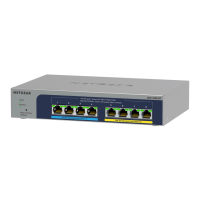
